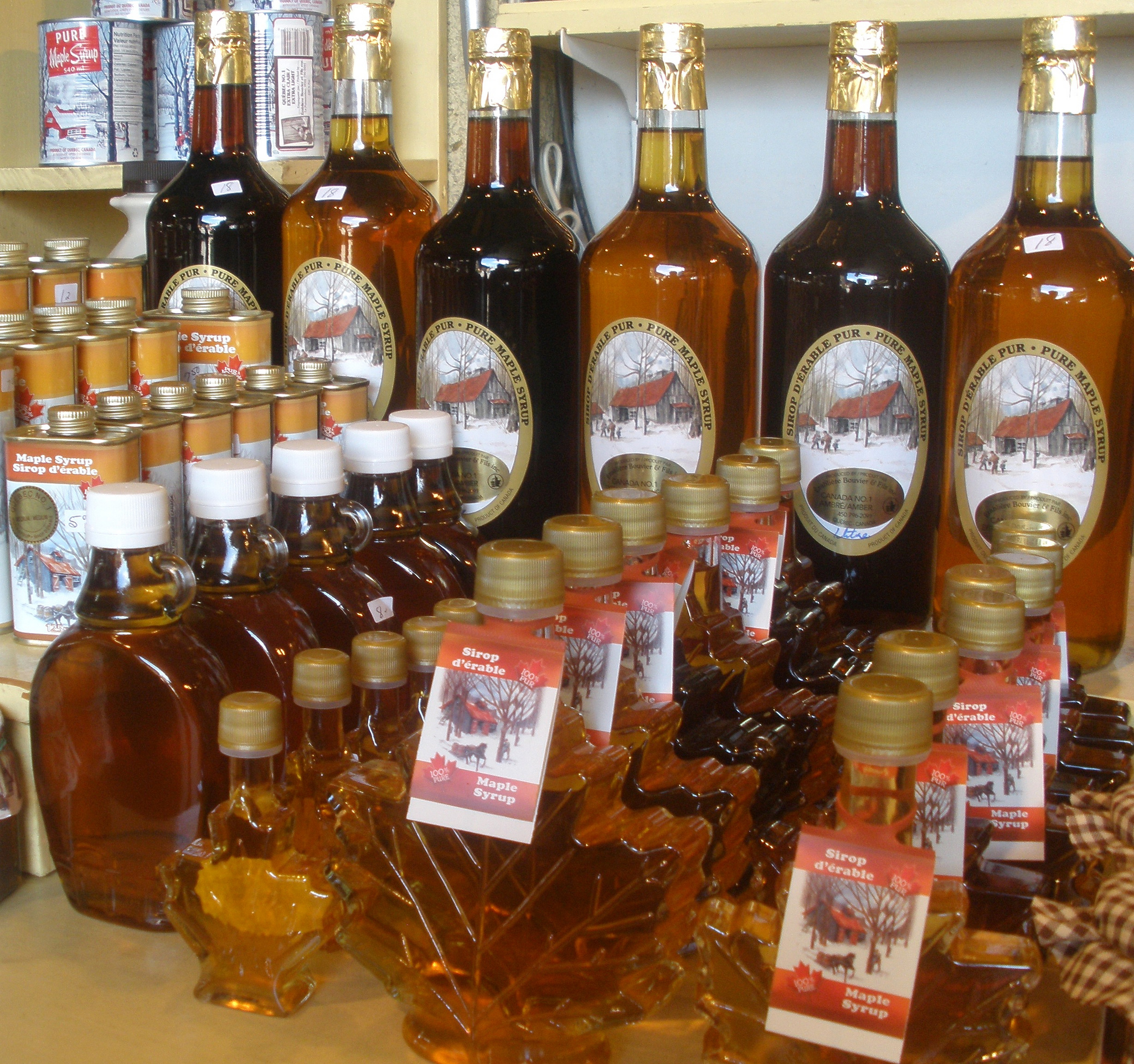Like this article? rabble is reader-supported journalism. Chip in to keep stories like these coming.
It’s sticky, sweet, and delicious to eat.
It’s also highly specialized, to the point where a well-trained tongue can taste the difference between regions, climates, and seasons. It may sound like exotic fruit or craft beer, but the reality is much closer to home: it’s maple sugar.
“Syrup is a bit like wine,” says Ray Bonenberg, a maple sugar producer in Pembrooke and spokesperson for the Ontario Maple Syrup Producers’ Association. “You get different flavours from different soils. It’s not dramatic; it’s subtle. But there are different flavours, there’s no question about it.”
He points to the difference observed in maple syrup from opposite ends of the province, noting the importance of soil type in determining flavor. “Syrup from the Canadian Shield, up on the granite, has a different texture and flavor than syrup that’s down in the heavy soils.”
The fluctuations aren’t limited to soil type. Climate also plays a significant role in determining the timing of the annual maple sugar harvest. “Every year is different,” says Bonenberg. “Generally, the temperature and the weather in sugaring season determines production.”
This year’s warm winter has spurred trees out of dormancy early, forcing producers to harvest the sap and boil it down earlier. Conversely, last year’s polar vortex pushed the harvest back, delaying the process.
“Last year was a good year, but it started quite late,” says Bonenberg. “I know I didn’t start until the 28th of March to boil, and I’ve been boiling now for two and a half weeks. So it was earlier this year, but if you look at the long range weather, it looks really positive for the next two and a half weeks.”
Exceptionally warm weather while the sap is running can also have a significant impact on the flavor of the syrup. “Extreme warm weather will make the syrup taste a little like toffee,” says Bonenberg. “The sap of course is a sugar, so it will action and cause a stronger flavour, more of a fructose flavour.”
In some cases, how the tree emerges from dormancy can also influence taste. Trees can release phenols, which are aromatic organic compounds, when “waking up.” Like warm weather and soil, these can also influence syrup’s flavour.
Time also plays a key role in determining both colour and flavour. Starch stored in the trunk of the tree turns to sucrose when the tree goes dormant for the winter. When the tree begins to wake up, the sugar begins to turn to fructose. For this reason, syrup harvested early in the season is lighter in colour and has a slightly different flavour than the amber variety harvested later in the season.
“If you cut a banana and leave it on the counter, it turns dark. That’s sucrose reacting with oxygen and turning to fructose,” says Bonenberg. “So maple sap does the same thing. So as the season progresses, it’s a different sugar. Plus, the sugar molecules become more rounded because they start to ferment.”
Currently, the Ontario Maple Sugar Producers’ Association produces 70 per cent of the province’s maple sugar. According to Bonenberg, Ontario’s maple industry is worth more than $53 million, and grows about five to seven per cent each year.
Though Bonenberg is confident this warm winter won’t negatively impact sugar quality or the quantity of the harvest, he cautions each producer’s yield and flavour is unique — and vulnerable to microclimates that can buck overarching weather patterns.
“Sugaring is a lot of microsites, so a producer in one area could have a real bumper year, and a produce somewhere else could have a disaster,” says Bonenberg. “So it’s variable. So what’s a good year for one producer is not necessarily good for another.”

Jen Halsall is studying journalism and history at Carleton University in Ottawa. She is a passionate environmentalist with a penchant for science reporting and a soft spot for “all that is green and good.” She also makes very small, very cute terrariums and sells them on the Internet. She is rabble’s 2015-16 blogs intern.
Like this article? rabble is reader-supported journalism. Chip in to keep stories like these coming.




